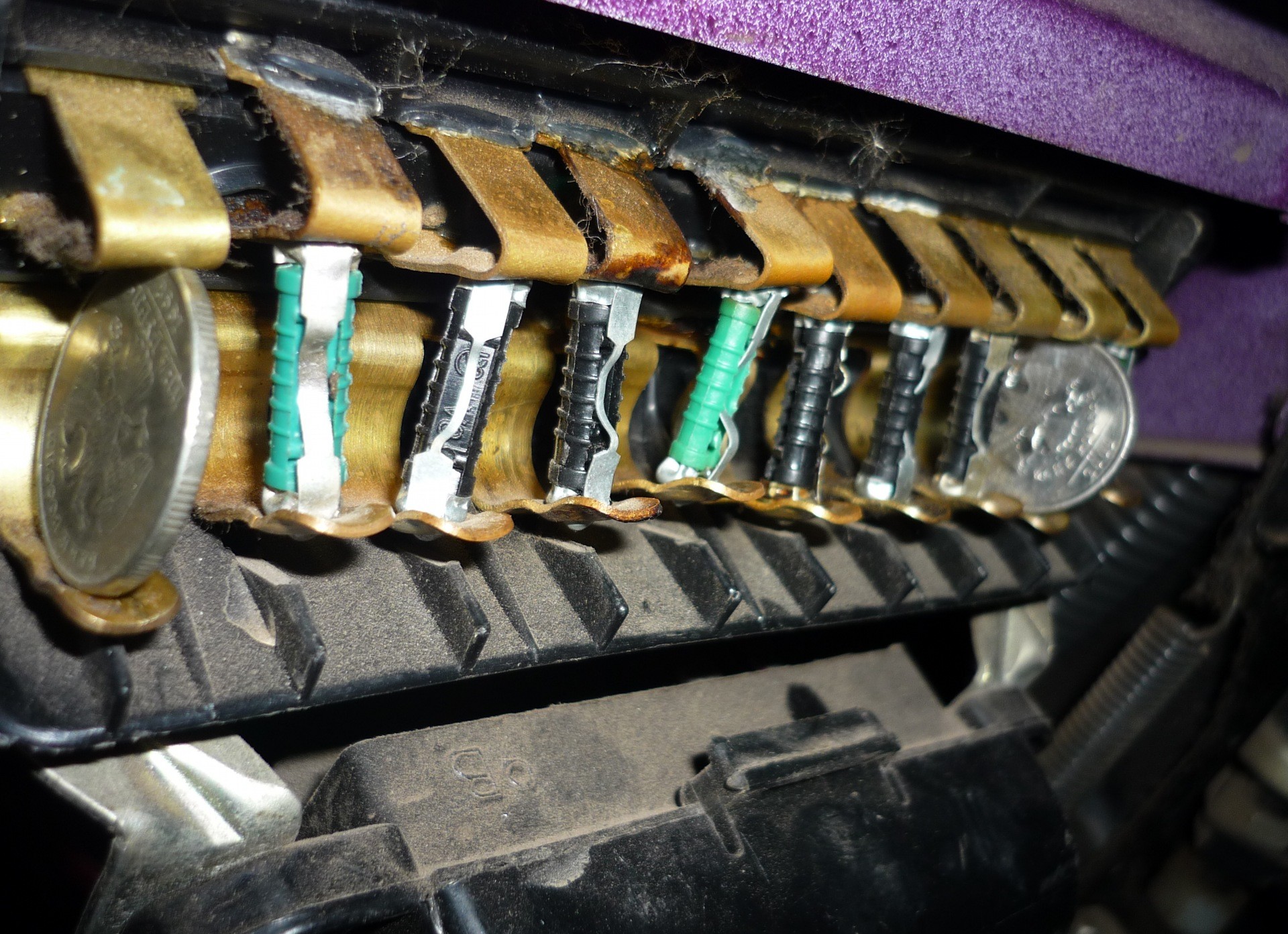
What is sharp pricing?
If you've ever ridden with a rideshare company, you're probably aware of the inflated prices. Jump pricing is a form of dynamic pricing where the cost of a ride increases based on demand. Companies like Uber, Lyft and other ridesharing services charge higher prices in areas where there are more ride requests than driver offers, essentially taking charge of supply and demand. The price of a ride is increased to reduce the waiting time for customers who really need it, while others less in a hurry may want to wait, reducing the overall demand for rides.
Price increases occur in areas that, for one reason or another, have become occupied. Some cities experience dramatic rush hours every day, driving prices up. Commuters may prefer to ride an Uber in the shared lane rather than putting extra load on their own car during heavy traffic, even if it costs significantly more. Price spikes can also occur due to weather conditions, holidays and special events such as sports games, concerts and festivals. In such cases, more and more people are opting for ridesharing to avoid parking issues or participate in holiday events without worrying about being able to drive.
While this can be an inconvenience to drivers, high prices work to the advantage of drivers. This encourages them to make more trips to areas that need it most and meet high demand. Companies like Uber don't increase their commissions on Uber drivers, so this allows them to make more money. In fact, some ride sharing apps come with an alert available to both drivers and passengers that notifies users when there is a price spike in a certain area.
How pricing works
The surge in prices is driven by the supply of drivers and the demand for riders. Rideshare apps typically let the user know when demand is on the rise and drive prices up by displaying a map showing "hot" areas. On Uber, for example, areas where there is a price spike turn red and display the spike multiplier by which prices are higher. To understand what the Uber multiplier means:
- A number will appear next to "x", such as 1.5x, indicating how much your base rate will be multiplied by.
- This multiplier will be added to the established base, distance and time fees.
- The regular price of $5 will be multiplied by 1.5.
- In this case, the additional fee will be 7.5 USD.
Surge metrics are constantly updated as companies use real-time supply and demand data to determine prices. Costs are based on the driver's location rather than the drivers, to further incentivize drivers to head to areas where needed.
How to avoid a price spike
Travel surcharges may not sound like much, but here are 7 tips to avoid price spikes:
Pay attention to the time of day when prices rise sharply. Try to avoid joint trips during this time.
Watch out for busy areas and, if possible, move on foot or by other means of transport to a less affected area.
Use public transportation if available in your area, or call a friend.
Plan ahead if you can't change your schedule to avoid price spikes. Both Uber and Lyft are including this feature in some locations, and the price may be lower than expected.
Switching between applications. Uber may grow in a region, but Lyft or another ride-sharing service may not.
Try a different Uber car. Increased prices may not apply to all vehicles offered by Uber. These rides may be more expensive during normal hours, but they can actually outsell horse racing in the area.
Wait. When you're not in a hurry to go somewhere else, you can wait until the price spikes disappear in your area.
